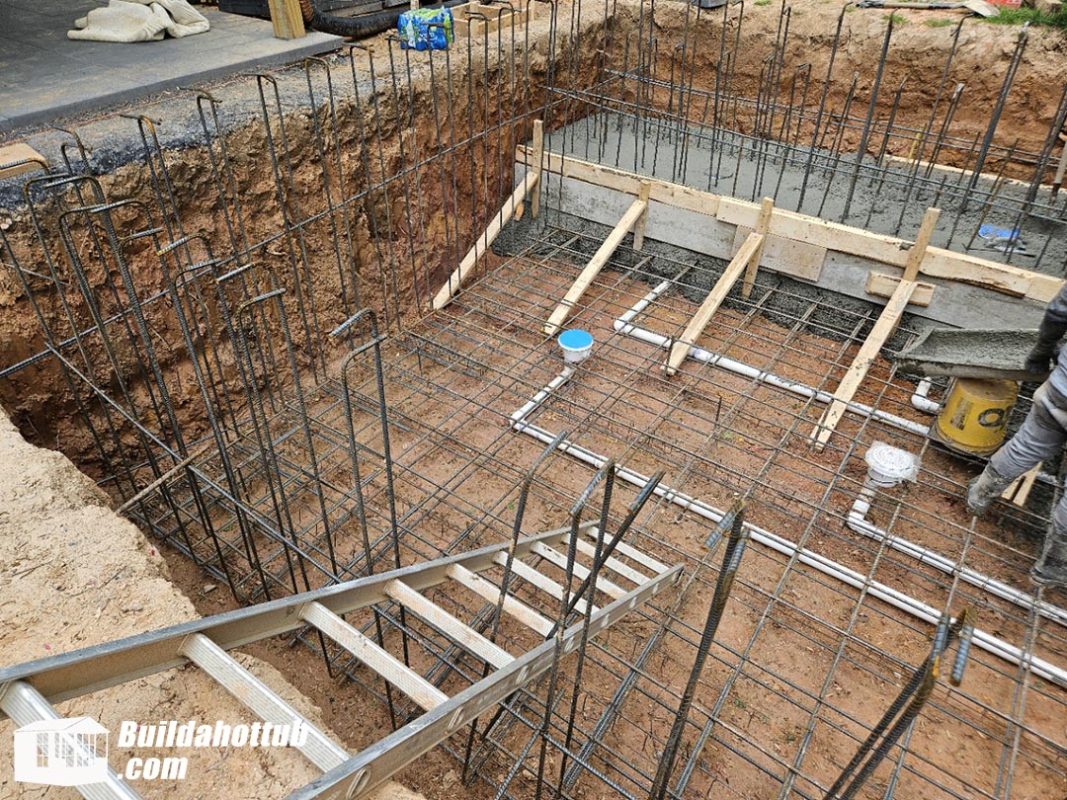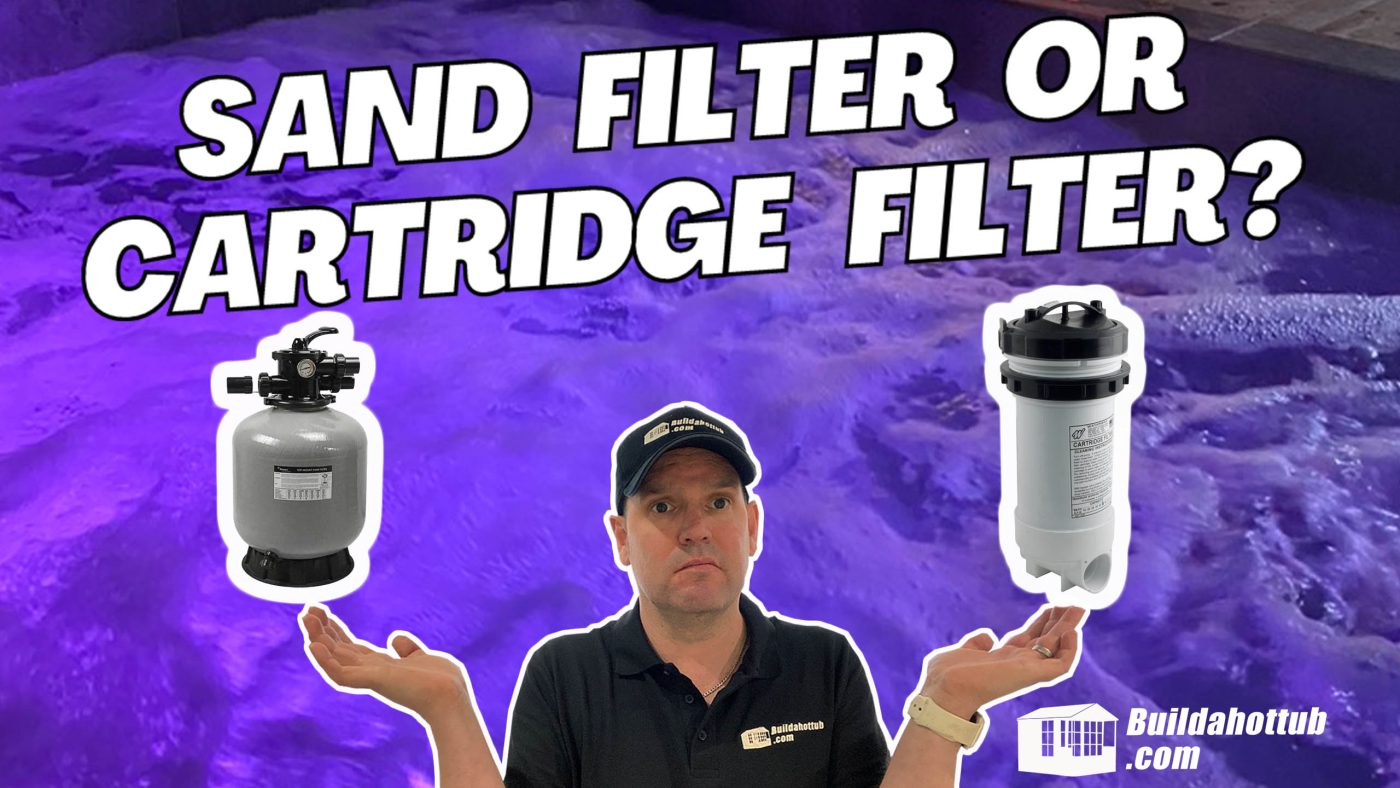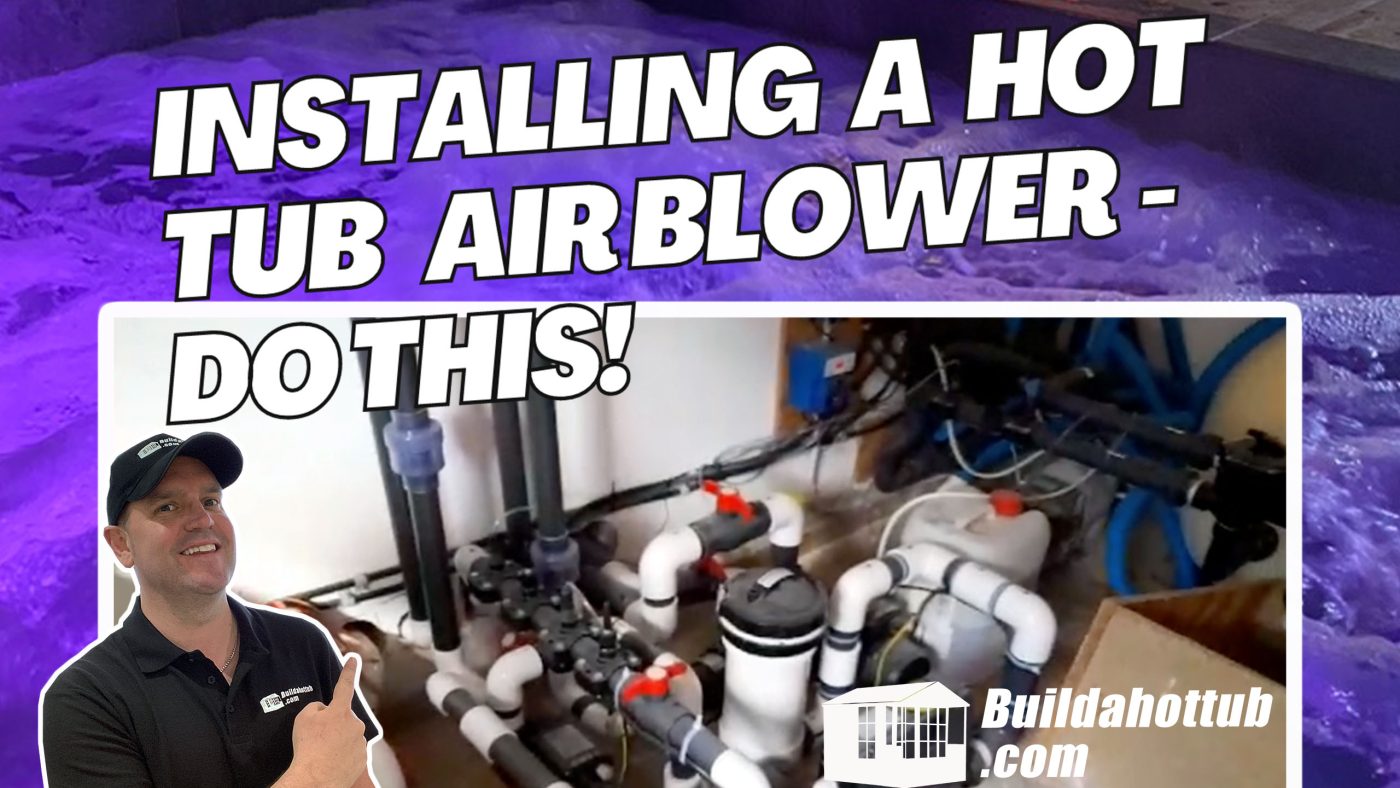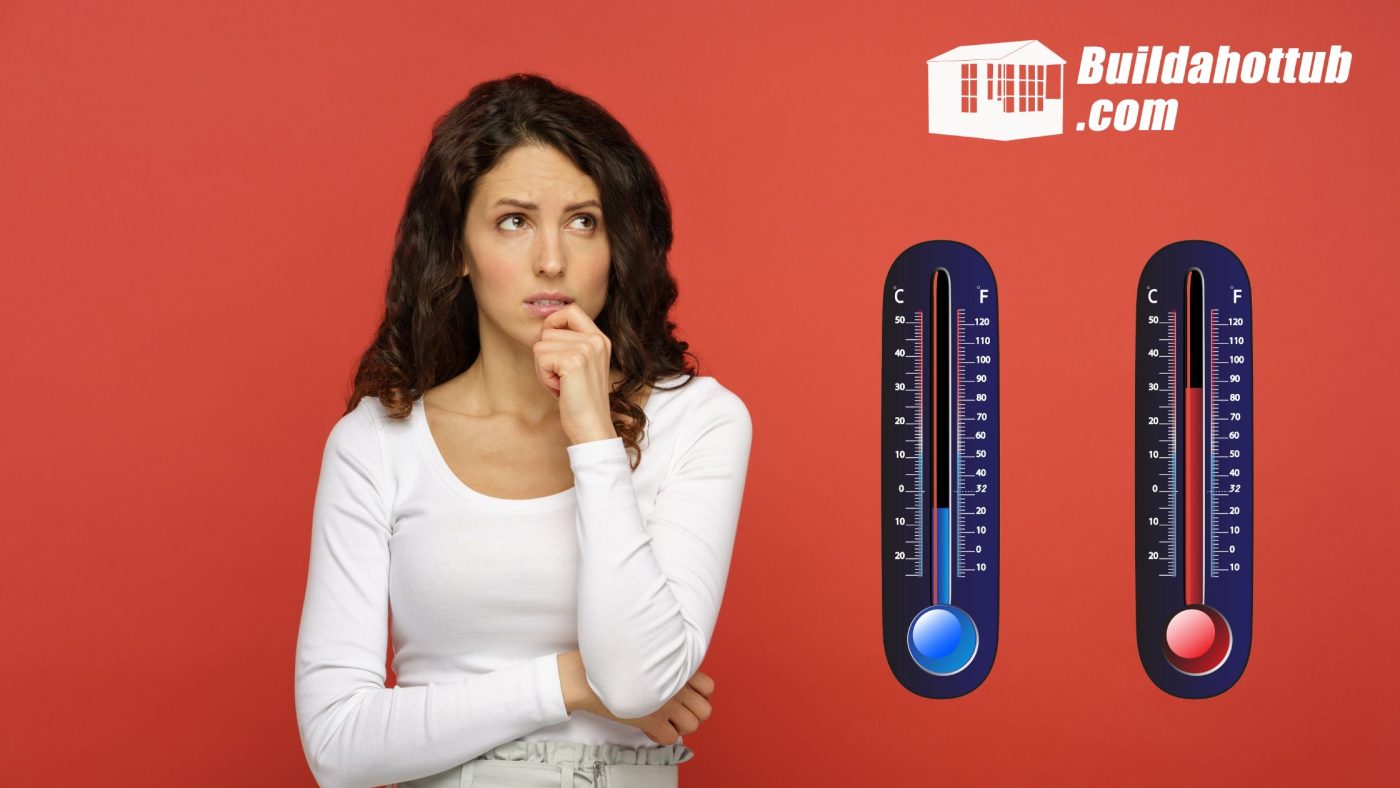Looking into how to add a circulation pump to your hot tub? Here’s a quick guide on how to add a circulation pump to a hot tub.
Category Archives: Plumbing Related
Are you wondering if you really need to replace your topside control? If you’re here, you’re likely dealing with a malfunction and questioning whether it’s time for a replacement. The good news is, not all topside control issues require a full replacement.
Let’s go over some common problems and whether they can be fixed, or if a replacement is necessary.
This guide explains how to determine the number of pumps needed for a DIY hot tub, covering essential considerations like jet count, plumbing layout, and the benefits of using multiple pumps for jets, circulation, and water features to ensure efficient operation and enhanced performance.
Installing the main drains that you are going to need on your hot tub or plunge pool is probably for most going to be the first bit of plumbing you do.
They need to be installed when you pour your slab or your base so in this article and in the video blow, I explain everything you need to know about the installation of the main drains.
Forget gladiatorial combat, the real clash of titans happens poolside in the silent struggle between sand and cartridge filters. As summer’s vibrant curtain closes, you, the valiant pool warrior, stand poised at the precipice of a crucial decision: which filter will reign supreme in your watery domain? Fear not, for this epic tale delves beyond the surface, unveiling the hidden truths most blogs dare not reveal, to guide you towards your crystal-clear destiny.
Picture yourself on a warm summer day, ready to plunge into your refreshing pool or soak in the soothing waters of your hot tub. The anticipation builds, but suddenly, you realize that the water is far from the ideal temperature you envisioned. Whether you’re a pool owner seeking to extend the swimming season or a hot tub enthusiast yearning for consistent warmth, one crucial question arises: What size heater do you need to maintain the perfect temperature?
Choosing the right heater size for your pool or hot tub is a critical aspect of ensuring optimal comfort and enjoyment. A heater that’s too small might struggle to raise the temperature adequately, leaving you shivering and disappointed. Conversely, an oversized heater can lead to excessive energy consumption, wasting resources and unnecessarily inflating your utility bills.
If you are not able to build your control room for your DIY hot tub below ground, then you are going to need a self priming pump. But what are the options? In this blog post, I will discuss the two main options that you have for self priming pump setups on your DIY hot tub build.
What is a self-priming pump?
A self-priming pump is a type of centrifugal pump that is capable of automatically removing air or gases from the suction line and creating a vacuum to draw in and pump liquids. Unlike standard centrifugal pumps which are found on hot tubs, which require the pump casing to be filled with liquid before operation, self-priming pumps can start pumping without the need for manual priming.
This is one of the questions that I do get asked regularly. There tends to be a common misconception around variable speed pumps and hot tubs. So, hopefully, in this article I can dispel some of the myths around the topic.
I’ll start us off with a statement – you cannot use a variable speed pump for the jets in your hot tub. Why not? Read on and I will explain all.
If you own a hot tub, you know that it’s important to keep it properly maintained to ensure that it runs smoothly and efficiently. One component of your hot tub that may need to be replaced from time to time is the blower.










